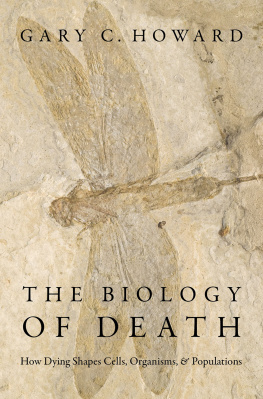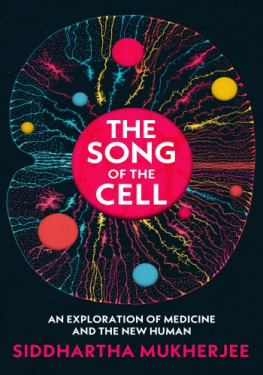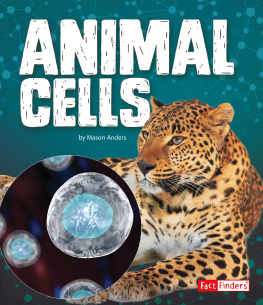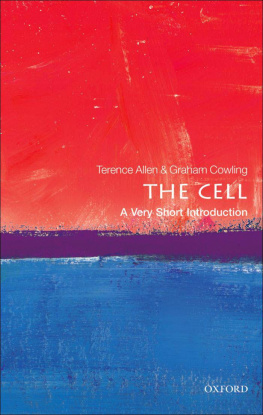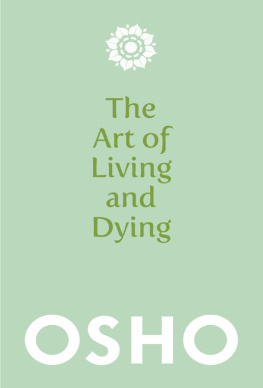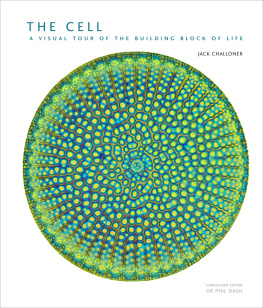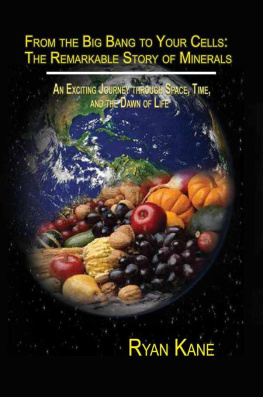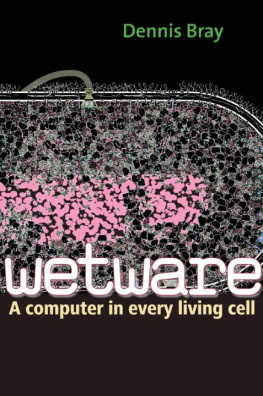The Biology of Death

Oxford University Press is a department of the University of Oxford. It furthers the Universitys objective of excellence in research, scholarship, and education by publishing worldwide. Oxford is a registered trade mark of Oxford University Press in the UK and certain other countries.
Published in the United States of America by Oxford University Press
198 Madison Avenue, New York, NY 10016, United States of America.
Oxford University Press 2021
All rights reserved. No part of this publication may be reproduced, stored in a retrieval system, or transmitted, in any form or by any means, without the prior permission in writing of Oxford University Press, or as expressly permitted by law, by license, or under terms agreed with the appropriate reproduction rights organization. Inquiries concerning reproduction outside the scope of the above should be sent to the Rights Department, Oxford University Press, at the address above.
You must not circulate this work in any other form and you must impose this same condition on any acquirer.
Library of Congress Cataloging-in-Publication Data
Names: C. Howard, Gary, author.
Title: The biology of death : how dying shapes cells, organisms, & populations / Gary C. Howard.
Description: New York, NY : Oxford University Press Academic Newgen,
[2021] | Includes bibliographical references and index.
Identifiers: LCCN 2021011285 (print) | LCCN 2021011286 (ebook) |
ISBN 9780190687724 (hardback) | ISBN 9780190687748 (epub)
Subjects: LCSH: Death (Biology)
Classification: LCC QH530 .C46 2021 (print) | LCC QH530 (ebook) |
DDC 571.9/39dc23
LC record available at https://lccn.loc.gov/2021011285
LC ebook record available at https://lccn.loc.gov/2021011286
DOI: 10.1093/oso/9780190687724.001.0001
For Shirley, Rebecca, and Amanda, and all of our ancestors and descendants
About the Dead Man and Fungi
Marvin Bell
The dead man has changed his mind about moss and mold.
About mildew and yeast.
About rust and smut, about soot and ash.
Whereas once he turned from the sour and the decomposed, now he breathes deeply in the underbelly
of the earth.
Of mushrooms, bakers yeast, fungi of wood decay, and the dogs preceding their masters to the
burnt acre of morels.
And the little seasonals themselves, stuck on their wobbly pin stems.
For in the pan they float without crisping.
For they are not without a hint of the sublime, nor the curl of a hand.
These are the caps and hairdos, the mini-umbrellas, the zeppelins of a
world in which human
beings are heavy-footed mammoths.
Puffballs and saucers, recurrent, recumbent, they fill the encyclopedia.
Not wrought for the pressed eternity of flowers or butterflies.
Loners and armies alike appearing overnight at the point of return.
They live fast, they die young, they will be back.
Credit: Marvin Bell, About the Dead Man and the Fungi from The Book of the Dead Man (Fungi) in Vertigo: The Living Dead Man Poems. Copyright 2011 by Marvin Bell. Reprinted with the permission of The Permissions Company, LLC on behalf of Copper Canyon Press, coppercanyonpress.org.
Contents
The words death and dying are uncomfortable. They conjure up fear of the unknown, loss, and sadness. We know on an intellectual level that everyone dies, but we avoid thinking about it. We make jokes about it. We really want nothing to do with it. For the last several decades, death has been almost invisible in the lives of people in developed countries. Those who die are whisked away. Viewing of the body is held at the funeral home. It is said that the person has passed rather than died. Humans are conflicted by their instinct to avoid death at the same time that they are aware that death is inevitablean awareness that psychologists refer to as mortality salience.
All living things eventually die. Yet death is much more complicated than simply the last event of life. Death is actually interwoven into life at many levels. It has influenced what we are as a species. In many ways, we depend on death for our very existence. In fact, death has shaped most of the aspects of our life, and it is intimately linked with our growth, development, protection against disease, and more.
In a broader sense, a careful examination of death involves a multitude of fascinating issues: How do we define life and death? Are viruses alive or not? How do we know when a person is dead? Why do we age and can we do anything about it? It also raises a host of ethical questions about research into aging and if it is even ethical to consider extending life spans. Given the pace of medical advances, what is the future of death? In the same way, death has influenced the direction of entire species. By foreclosing some evolutionary pathways, it has shaped all life through a cycle of life and death, both throughout time and in normal development. The loss of populations and even species channeled evolution and eventually focused human evolution to modern humans.
Most amazingly of all, living organisms evolved systems to use the death of cells to their own advantage. All cells seem to carry death gene programs that can be activated as needed. Many organisms, including humans, now rely on those programs to kill certain cells during development and to battle disease. The most dramatic occurs during metamorphosis of insects and frogs, but humans use the death of specific cells to hone our immune system and give us fingers and toes. Even single-celled organisms use quorum sensing to eliminate some cells to ensure the overall survival of the colony in harsh environments. Plants use it to cause leaves and fruit to drop in the fall.
Thus, there is more to death than just dying. It is not simply the end of an individual. Death is intimately intertwined with life. Since the beginning, life has had to contend with death, but the most amazing aspect is that life evolved ways to use death. It has made us what we are today by acting at multiple levels, including cellular, tissue, individual, and even population. Most amazingly, living organisms, even many single-celled organisms, have learned how to take advantage of death to promote growth, development, protection from diseases, and even life itself. Death is more than just dying.
This book took several years to think about and prepare, and I didnt do it alone. I am very grateful to a number of people. I thank Debra Bakerjian (University of California, Davis), Henry Gilbert (California State University, East Bay and University of California, Berkeley), Birgit Schilling (Buck Institute for Research on Aging), and Andrey Tsvetkov (University of Texas, Houston) for their insightful and helpful comments on the manuscript. I also thank Jeremy Lewis for his guidance and patience and the extraordinary Oxford University Press team, including Bronwyn Geyer, for their skill and generosity and the outstanding work of Archanaa Rajapandian and her team at NewGen. Finally, I thank my wife and daughters for giving me the time and support to complete this project.
Dying is a very dull, dreary affair. And my advice to you is to have nothing whatever to do with it.
W. Somerset Maugham
Death is serious business. So why do we laugh about it so much? We make up funny expressions about it: Box city. Boot Hill. Worm farm. Pushing up daisies. Kick the bucket. Bite the dust. Other cultures do the same. In German, it might be den Loeffel abgeben (hand over the spoon) or ins Grass beissen (bite into the grass). We whistle past the graveyard. Its easy to make jokes about death. We laugh to save ourselves from thinking about it. Humor is one of our best defenses against the thought of death.

